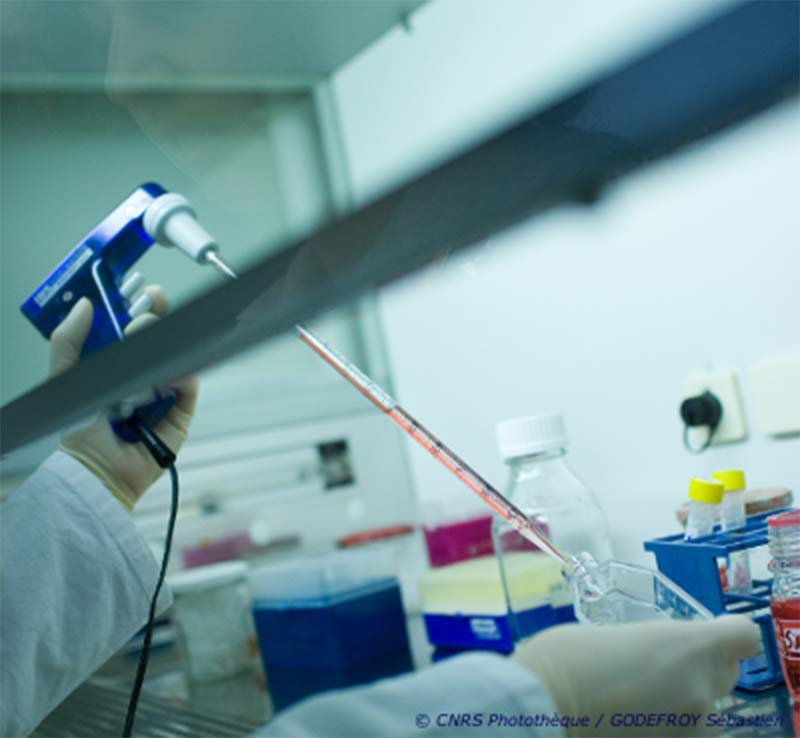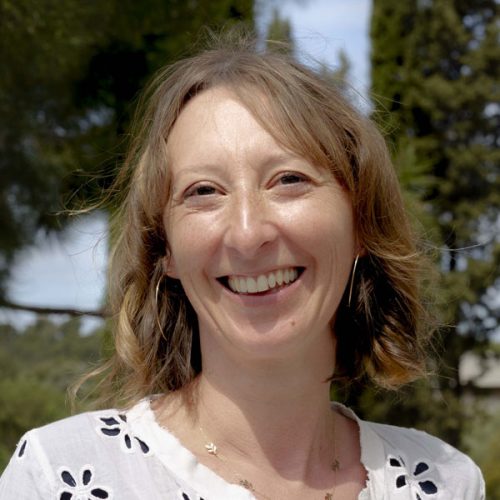Recombinant protein production in eukaryotic cell systems
This PBSIM service offers the latest technologies for production of soluble eukaryotic proteins in mammalian (HEK293, CHO, COS-7) or insect cells (S2, Sf9), which are able to process most of the post-translational modifications (disulfide bridges, N- and O-glycosylation, phosphorylation…) critical for protein structure or function.
The feasibility study associates the specification needs of the applicant (protein amounts, tags for purification and detection…) and the expertise of the facility staff.
The selected protocol is assayed, validated and then amplified for a quantitative production assay. The produced proteins are purified and characterized by the applicants.

Accessibility
Academia and industries
Cost
- Phase 1 (evaluation) :
based on the system used. - Phase 2 (production) :
based on the expression yields and protein amounts required.
How to apply?
- AFMB Contact: Claire Debarnot
Dedicated equipment
- 4 CO2 incubators
- 3 temperature-controlled incubators
- 4 laminar flow hoods
- 1 epifluorescence microscope
- 1 inverted microscope
Team contacts
Members
Publications related to the techniques used
- Aricescu AR, Lu W, Jones EY (2006) A time- and cost-efficient system for high-level protein production in mammalian cells. Acta Cryst D62, 1243–1250.
- Durocher Y, Loignon M, Process, vectors and engineered cell lines for enhanced large-scale transfection, National Research Council of Canada, WO2009/137911 (patent).
- Liepman AH, Wilkerson CG, Keegstra K (2005) Expression of cellulose synthase-like (Csl) genes in insect cells reveals that CslA family members encode mannan synthases. Proc Natl Acad Sci USA 102:2221-2226.
- Yao F, Svensjö T, Winkler T, Lu M, Eriksson C, Eriksson E (1998) Tetracycline repressor, tetR, rather than the tetR-mammalian cell transcription factor fusion derivatives, regulates inducible gene expression in mammalian cells. Hum Gene Ther 9, 1939-1950.




